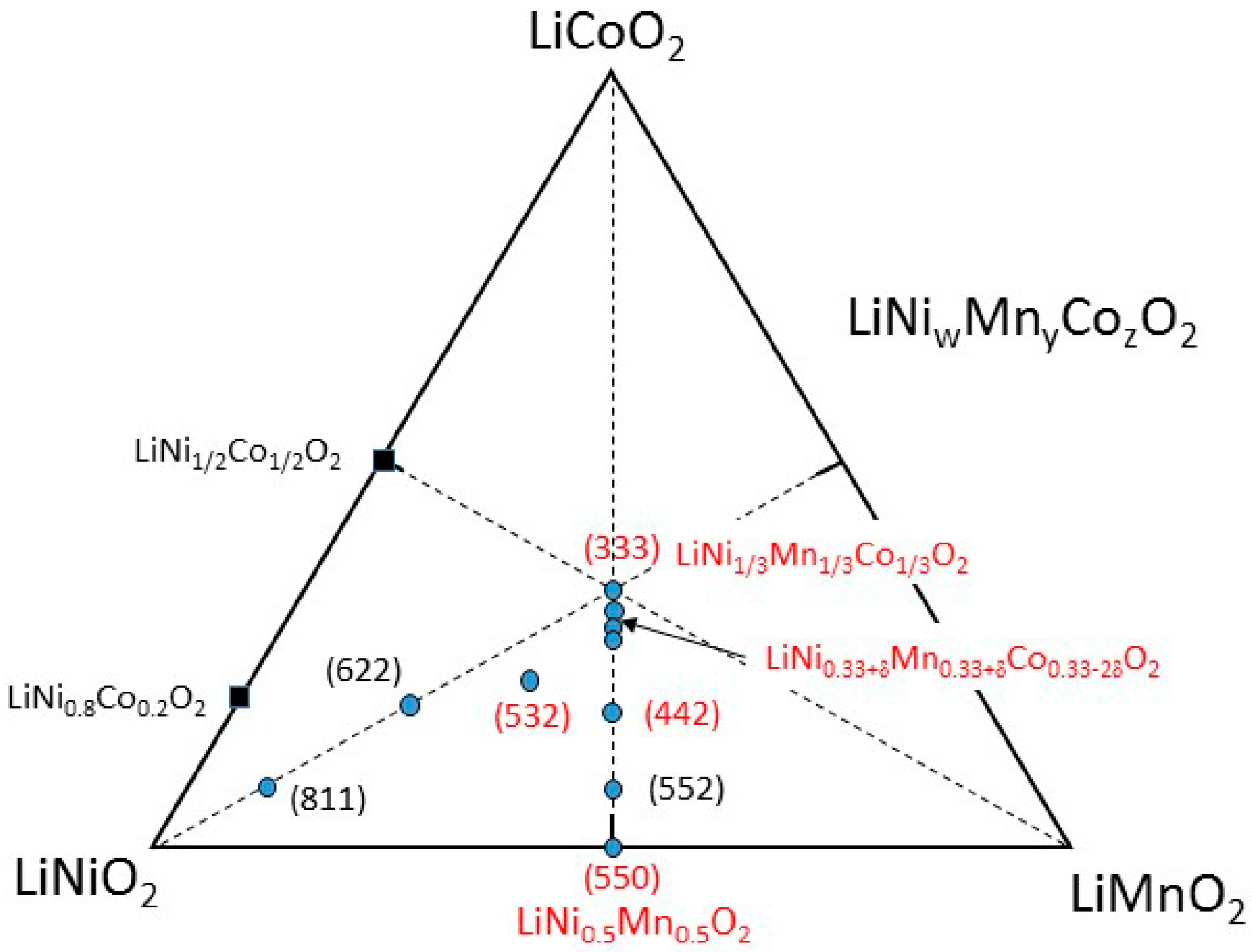
These advancements facilitate the transition from fossil fuel-based energy production to renewable energy sources, further driving the demand for nickel sulfate.ĥ. Advancements in Battery Technologies: Ongoing advancements in nickel-containing battery technologies have boosted the importance of nickel sulfate in energy storage systems. As EV adoption continues to rise, the demand for nickel sulfate is expected to follow suit.Ĥ. Nickel sulfate is a crucial component in the manufacturing of cathode materials for these batteries. Rise in Electric Vehicle Battery Production: The surge in demand for electric vehicles (EVs) has led to increased production of lithium-ion batteries. Additionally, it plays a significant role in jewelry manufacturing processes.ģ. Demand in Fabric Dyeing, Printing, and Jewelry Manufacturing: The growing utilization of nickel sulfate in the textile industry for fabric dyeing and printing contributes to market growth. It is also a vital raw material in catalyst production for numerous industrial processes.Ģ. Increased Use in Nickel Plating and Catalyst Production: Nickel sulfate is extensively used in nickel plating applications, providing a protective and decorative coating to various objects. Several key factors are driving the growth of the nickel sulfate market:ġ. Additionally, the focus on lithium-ion battery recycling, investments in recycling facilities, research to improve material recovery efficiency and reduce costs, and increased investments in nickel-manganese-cobalt (NMC) production capacity are other significant factors expected to drive market revenue growth during the forecast period.įactors Driving the Nickel Sulfate Market This growing demand for NMC-based batteries contributes to the increased need for nickel sulfate and is expected to drive market revenue growth in the forecast period.Įmerging nickel-containing battery technologies play a crucial role in energy storage systems connected to renewable energy sources, allowing electricity generated by wind turbines and solar panels to be stored for future use. NMC cathode materials account for 30% of the global demand for cathode materials, particularly in the automotive market. The LiNi1/3Mn1/3Co1/3O2 (NMC111) chemistry is the most commonly used in lithium-ion battery production for passenger electric vehicles globally. It is a potent reducing agent used as a mordant in textile dyeing and printing, as well as in coatings, ceramics, and plating baths. Nickel sulfate finds applications in various products such as utensils, jewelry, coins, eyeglasses, metal buttons, paper clips, enamel dyes, electrical wiring, and keys.

There are several sulfate salts of nickel, each with distinct hydration or crystal habits. It is widely used for nickel plating and differs from solutions used in engineering or electroforming applications. Nickel sulfate is a highly soluble salt with a green color that serves as a rich source of nickel ions for electroplating. The growing reliance on nickel in lithium-ion batteries, including the development of new formulations like Nickel, Manganese, Cobalt (NMC) with a higher nickel content, is expected to further drive the demand for nickel sulfate and significantly contribute to market revenue growth. As a result, it is increasingly used in energy storage systems, contributing to the transition from fossil fuels to renewable energy sources. Nickel sulfate plays a crucial role in the production of cathodes for lithium-ion batteries, enabling higher energy density and improved storage capacity at a lower cost.

Moreover, the rising demand from electric vehicle battery manufacturers for the production of lithium-ion batteries is expected to be another crucial factor supporting market revenue growth. The increasing utilization of nickel sulfate in various applications such as nickel plating, catalyst production, fabric dyeing and printing, and jewelry manufacturing are among the key factors that are anticipated to drive market revenue growth. The market for nickel sulfate experienced significant strength in 2021 and is projected to show rapid revenue growth throughout the forecast period.


 0 kommentar(er)
0 kommentar(er)
